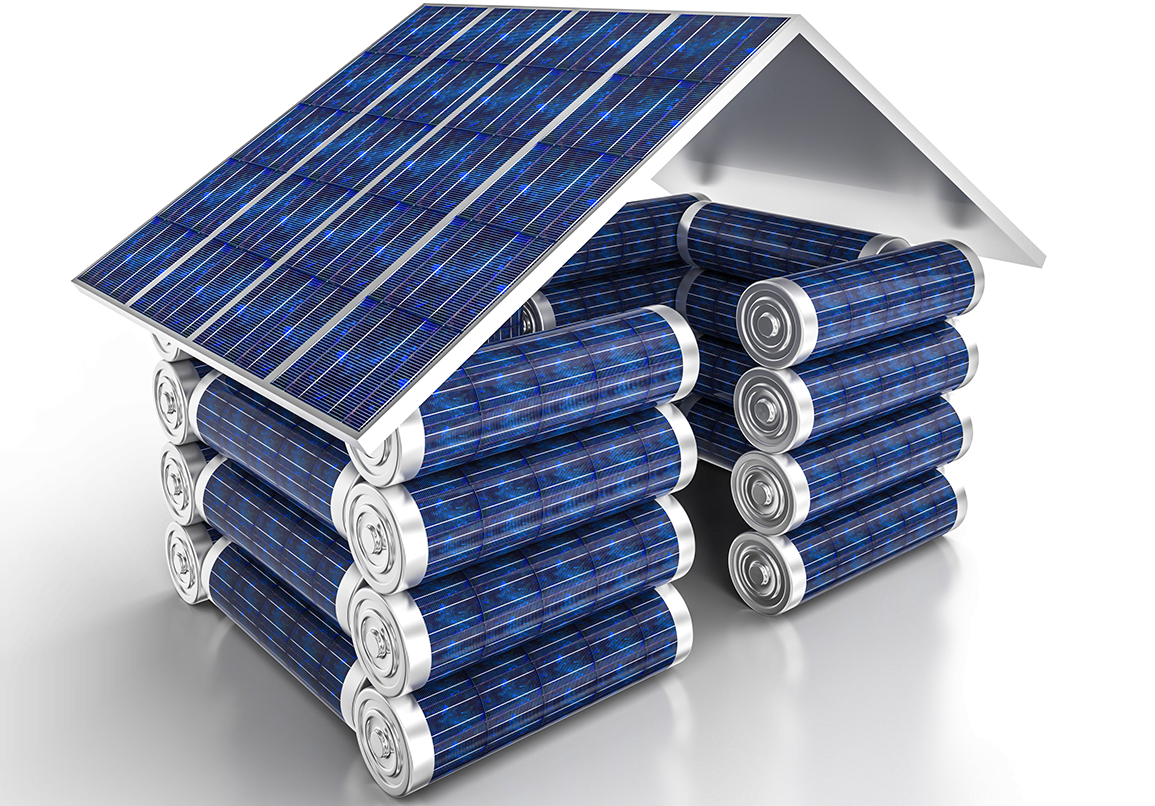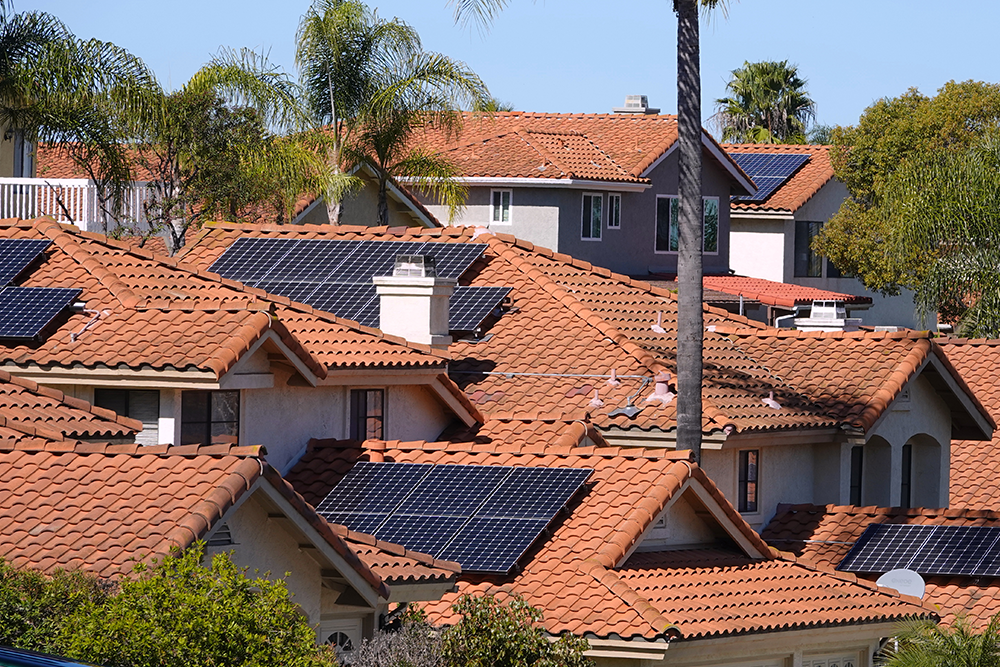Size of the system
HVAC units need to be appropriately adjusted to space, which has to be heated or cooled. An air conditioner that is too small for this space will continually struggle to meet temperature demands. This struggle will lead to more energy usage, higher utility bills and ultimately early system failures. On the other hand, oversized AC will cool the home quickly but not necessarily evenly. It will also cycle on and off repeatedly and ultimately waste energy.
Age of the units
The average life span of an HVAC system is between 10 to 15 years. If it is older than 10 years, it is very likely that it's using too much energy. Therefore it is recommended to have an older unit inspected by a professional to determine its level of HVAC efficiency.
Energy consumption of system components
An HVAC system can be divided into a few major parts: Fan, cooling, heating component, compressor. Usually, the majority of energy consumption of HVAC is taken by the fan (34%). Therefore, it will influence the efficiency the most. Typically there are two fan setting options when you run your HVAC system –manual and automatic. It is recommended to switch to the automatic fan setting so the fan only turns on when the unit does, to disperse warm or cool air throughout your home. It is important to reduce overall energy use and increase energy efficiency while delivering a comfortable environment.
Air quality and system contamination
Among other things, the operation of an HVAC system is dependent on its capacity to filter. The air conditioning's function is, among other tasks, to remove and filter the air of dust, pollen, cat hair and other fine, unwanted air impurities. When things move into the HVAC system’s air filters, the system begins to work harder and becomes less energy-efficient. Hence, make sure you replace your filters and provide maintenance regularly.
HVAC system type
As already mentioned, matching the system to the space requirements is one of the key issues in terms of system efficiency. It is worth noting here the type of system you can have in your home which is a multi-split or simply split. We recommend reading about the differences between these systems and when to choose the best one in our article '
Multi Split AC' dedicated to this topic.












